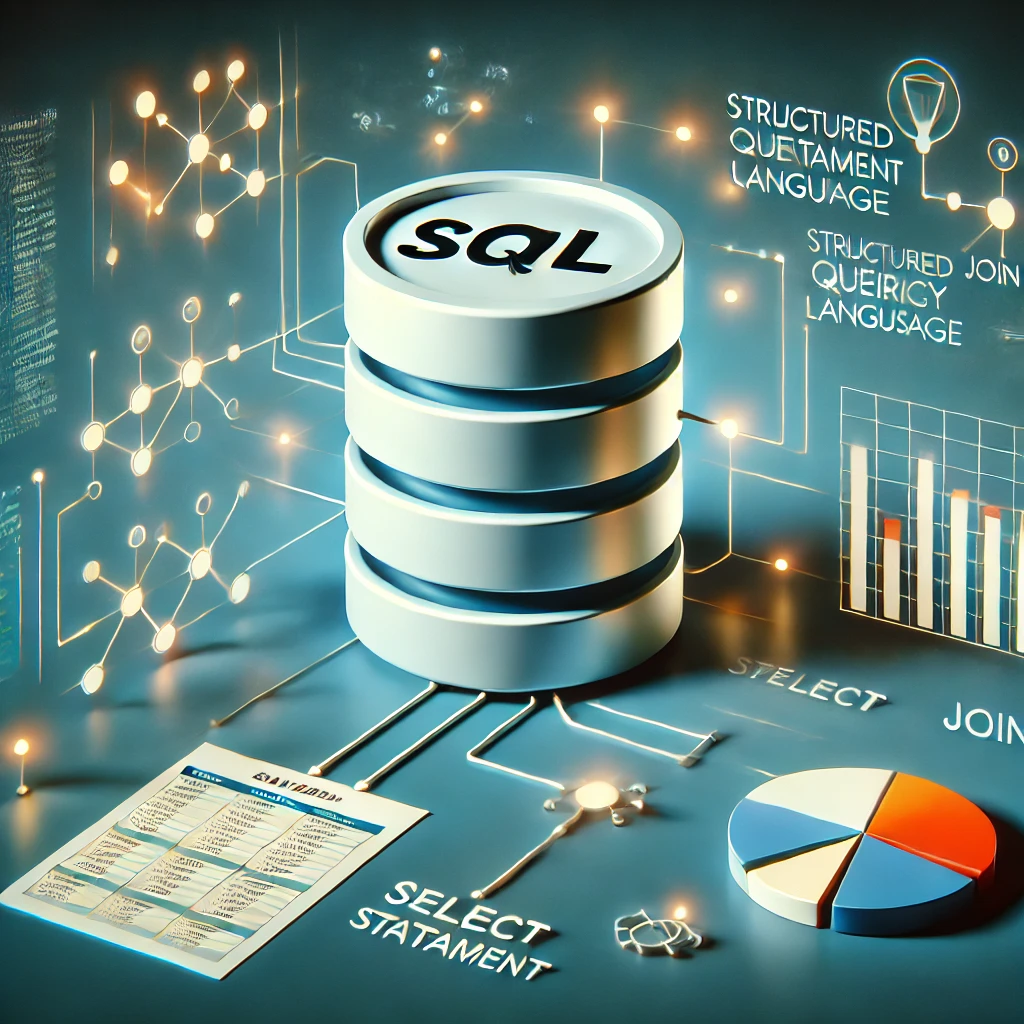Why SQL Is Still the Backbone of Data Analytics in 2025

Posted On: 2025-May-15
3 Minutes Read
Author: jack frost
In a world driven by data, one technology remains at the heart of turning numbers into knowledge: Structured Query Language (SQL). Whether you're a data analyst, business intelligence specialist, or even a curious beginner peeking into the world of data, SQL continues to be the go-to tool for making sense of raw information.
Despite the rise of flashy new tools and big data buzzwords, SQL hasn’t just survived—it’s thriving. From powering billion-row queries in cloud warehouses to driving dashboards in Fortune 500 boardrooms, SQL is more relevant than ever. So what makes it so indispensable?
Let’s dive into why SQL still rules the data analytics world, how it has evolved, and what makes it a skill every modern data professional must master.
SQL: The Universal Language of Data
At its core, SQL is a language for interacting with relational databases, which still house a massive share of the world’s structured data. Its syntax is simple yet powerful, allowing users to retrieve, update, and manipulate data with just a few lines of code.
But SQL’s real magic lies in how intuitive it is. Instead of telling the computer how to get the data (like in most programming languages), SQL lets you describe what you want, and the database figures out the rest.
Whether you’re filtering millions of records, joining data from different departments, or aggregating sales by region, SQL’s foundational operations—Create, Read, Update, Delete (CRUD)—are at the center of it all.
From Simple Queries to Complex Analysis
SQL has come a long way from being just a data retrieval tool. Today’s modern SQL is packed with features that make complex analysis surprisingly straightforward.
Window Functions
Introduced in SQL:2003, window functions have become a game-changer for analysts. Want to calculate a running total? Rank sales by region? Get a moving average? SQL can now handle all that—and more—without collapsing your dataset.
Functions like RANK(), ROW_NUMBER(), and LAG() allow analysts to perform calculations across rows in a flexible, elegant way that was previously only possible in specialized tools.
Common Table Expressions (CTEs)
Ever struggled with long, unreadable queries? CTEs let you break complex SQL into clean, reusable chunks. They improve readability, help with debugging, and even support recursive queries for things like organizational charts or category trees.
Optimizing SQL for Big Data Performance
As data volumes explode, performance matters more than ever. A poorly written SQL query can take minutes—or even hours—while a well-optimized one returns results in seconds.
Here are a few ways SQL pros supercharge their queries:
- Using indexes wisely to speed up searches
- Filtering early using WHERE clauses to narrow the dataset
- Choosing the right JOINs to reduce processing time
- Limiting results with TOP or LIMIT
- Partitioning data to distribute workloads
Advanced databases also support indexed views, materialized tables, and specialized data types that allow SQL to scale alongside modern analytical needs.
SQL in the Age of Cloud and AI
Think SQL is just for old-school databases? Think again.
The rise of cloud platforms like Snowflake, Google BigQuery, and Amazon Redshift has put SQL at the heart of cutting-edge data analytics. These tools handle the heavy lifting behind the scenes while letting users write familiar SQL queries to analyze data at scale.
SQL is also deeply integrated with today’s data stack:
ETL/ELT pipelines use SQL to extract and transform data
Data visualization tools like Power BI and Tableau rely on SQL to power dashboards
Data science workflows include SQL via tools like PySpark SQL and SQLAlchemy
Even machine learning is being done in SQL, thanks to innovations like BigQuery ML
Why Learning SQL Is a Career Power Move
If you're entering the data field, SQL is your first—and arguably most important—language to learn. It’s the common denominator across tools, roles, and industries, from finance to healthcare to tech.
SQL is approachable for beginners but deep enough for experts. And because it’s based on universal principles of logic and set theory, what you learn today will still be useful decades from now.
Final Thoughts: SQL Isn’t Going Anywhere
In a rapidly evolving data landscape, SQL remains a rock-solid foundation. It’s the bridge between raw data and actionable insight, the language that empowers analysts and decision-makers alike.
So whether you’re building a report, investigating a trend, or training a machine learning model—chances are, SQL is involved.
In short: Mastering SQL doesn’t just make you a better analyst. It makes you an indispensable one.